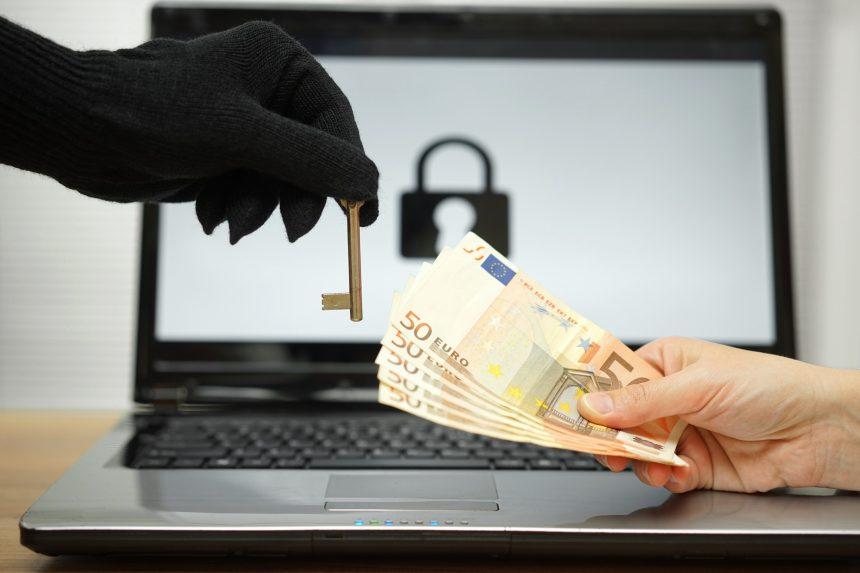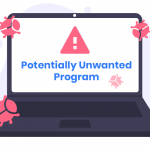In the realm of cybersecurity threats, the emergence of Z912 ransomware, a variant of the Chaos ransomware family, presents a significant risk to the security and accessibility of personal and organizational data. This article aims to delve into the actions and repercussions of Z912, explore its detection names, highlight similar threats, provide an extensive removal guide, and suggest best practices for preventing future infections.
Understanding Z912 Ransomware
Z912 is a ransomware variant discovered during a malware analysis on VirusTotal. It operates by encrypting files on the victim’s system and appending four random characters to filenames. This encryption renders the files inaccessible, exemplifying the seriousness of the threat it poses to users’ data.
Upon encrypting files, Z912 creates a ransom note (“Importante para recuperar tus archivos.txt”) written in Spanish, informing victims about the encryption program associated with the ransomware. The note suggests that decryption is not feasible, leaving victims unable to access their computer’s content. Interestingly, the absence of contact information in the ransom note suggests motives beyond financial gain, possibly indicating the ransomware’s use for personal amusement or development purposes.
Detection Names and Similar Threats
Z912 ransomware is identified and detected by reputable antivirus solutions using various names, including Avast (Win32:Dropper-gen [Drp]), Combo Cleaner (Gen:Variant.Ransom.Hydracrypt.7), ESET-NOD32 (Win32/Dorkbot.B), Kaspersky (Trojan-Ransom.Win32.Foreign.hfpc), and Microsoft (Trojan:Win32/Wacatac.B!ml). These detection names serve as indicators of the malicious nature of the ransomware.
Similar threats in the ransomware landscape, such as Tisak, BO Team, and Cdmx, share common traits in encrypting files and demanding payment for decryption, showcasing the diversity and persistence of ransomware attacks.
Removal Guide
When dealing with the presence of Z912 ransomware, prompt action is crucial. Here’s a comprehensive guide for removing Z912 and mitigating its impact:
- Isolate Infected Systems: Disconnect the infected system from the network to prevent further spread of the ransomware.
- Backup Encrypted Files: Prioritize backing up encrypted files to avoid data loss in case decryption becomes possible in the future.
- Explore Decryptor Tools: Search for legitimate decryptor tools developed by security experts that may offer a solution without paying the ransom.
- Restore from Backups: If available, restore clean copies of files from secure backups to ensure data availability.
Best Practices for Prevention
Preventing future ransomware infections requires proactive measures:
- Educate Users: Train individuals to identify phishing attempts, suspicious emails, and avoid downloading attachments from unknown sources.
- Software Updates: Keep operating systems and applications updated to patch vulnerabilities that ransomware might exploit.
- Safe Browsing Habits: Refrain from downloading software from untrusted sources, visiting suspicious websites, or clicking on dubious links.
- Regular Backups: Maintain regular backups of critical data stored offline to mitigate the impact of ransomware attacks.
In conclusion, comprehending the nature of Z912 ransomware, its consequences, and adopting proactive cybersecurity practices is crucial in safeguarding data against the persistent threats of the digital landscape. By staying vigilant, fostering awareness, and implementing robust security measures, users can fortify their defenses against the perils of ransomware attacks.





